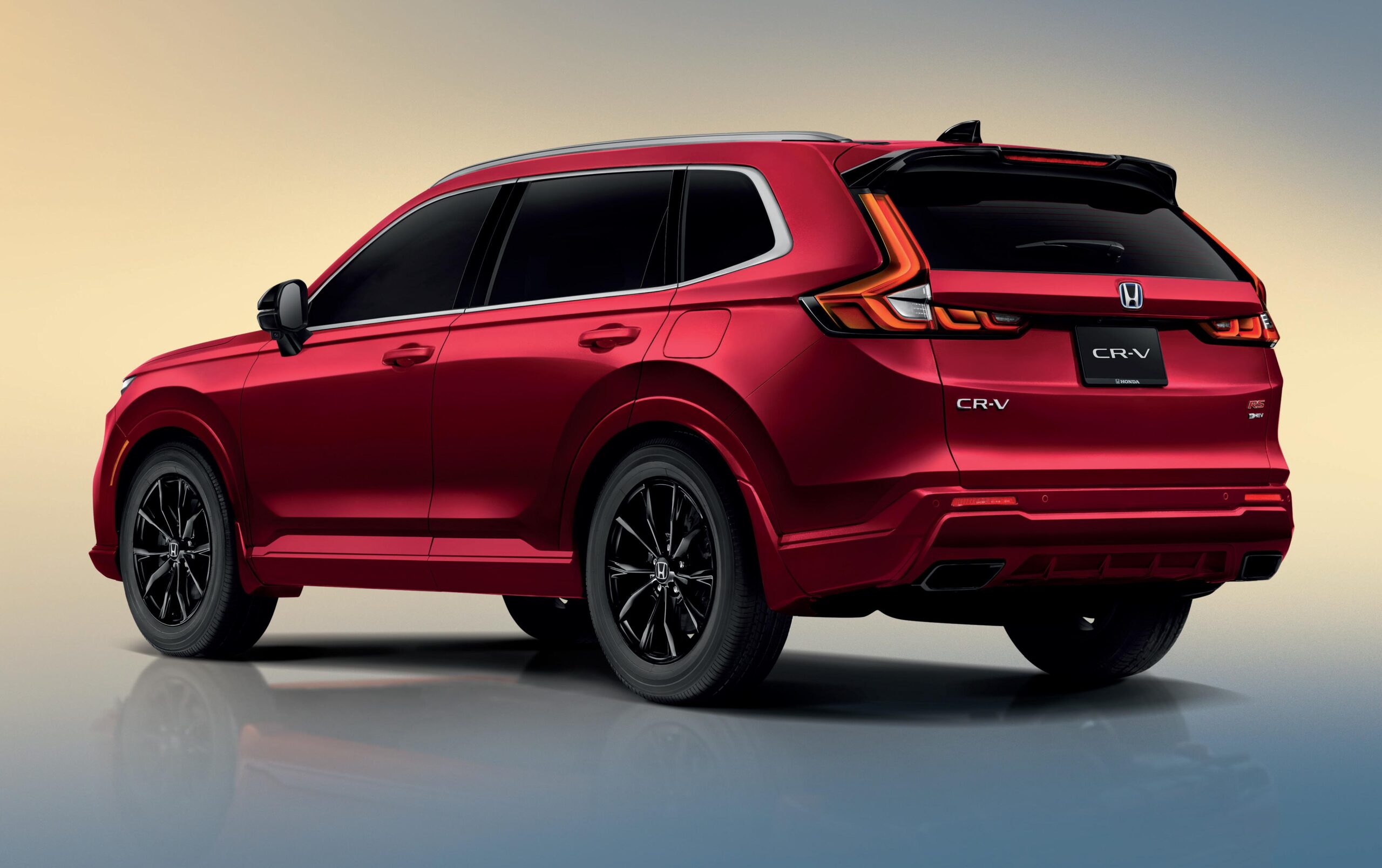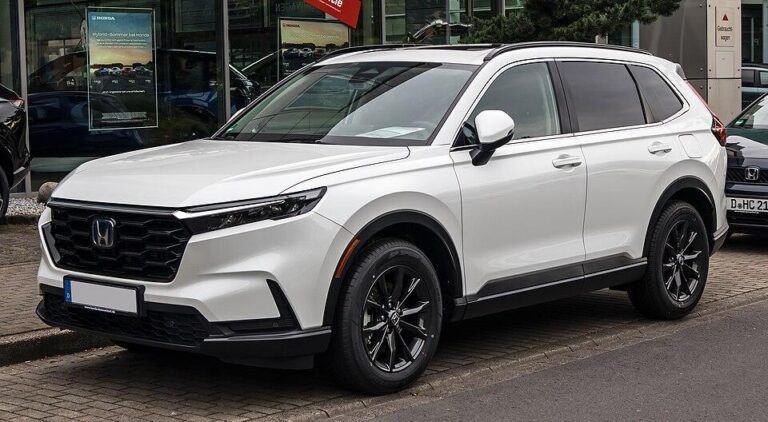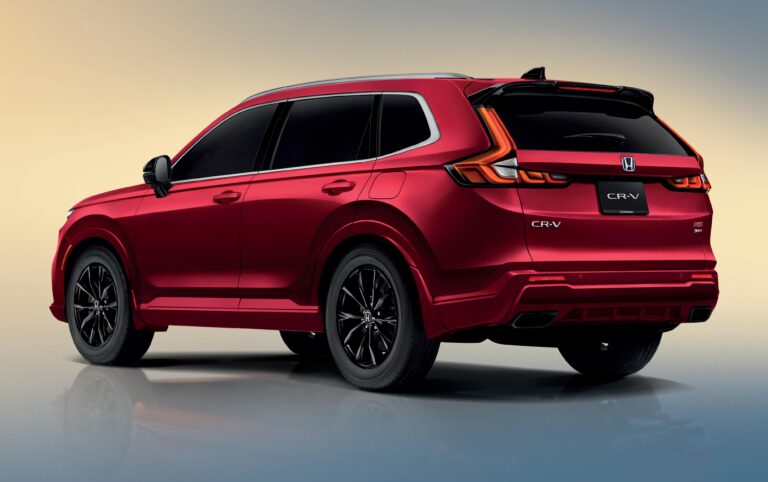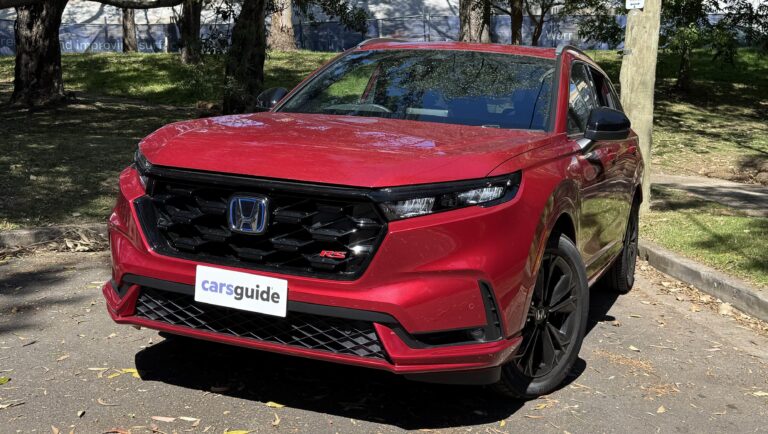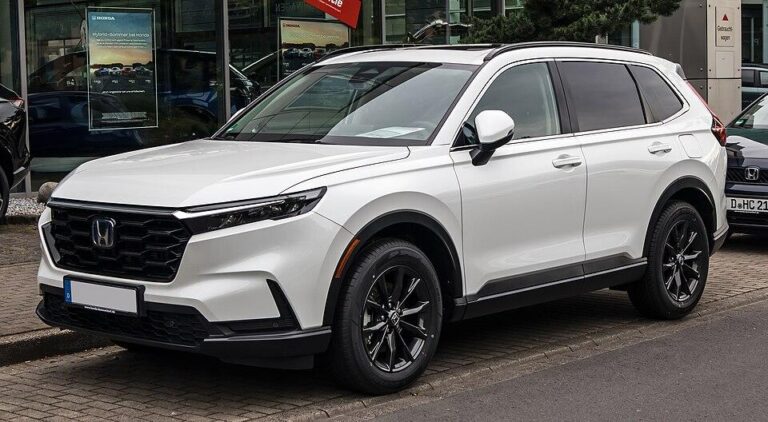Honda CR-V crash test
When it comes to safety on the roads, the Honda CR-V has long been a trusted companion for drivers and families alike. As one of the best-selling SUVs, its engineering prowess has not only focused on performance and comfort but also on protection. In the ever-evolving landscape of automotive safety, crash tests serve as crucial benchmarks, providing insights that go beyond the gleaming exterior and into the very heart of the vehicle’s resilience. this article delves into the latest crash test results for the Honda CR-V, unpacking the findings and implications that arise from rigorous testing scenarios. As we explore how the CR-V withstands impact and protects its passengers, we invite you to discover what makes this SUV stand out in an arena where safety is paramount.
Understanding the Safety Features of the Honda CR-V in Crash Tests
The Honda CR-V is designed with a plethora of safety features that have contributed to its remarkable performance in crash tests conducted by various safety organizations. One of the standout aspects of the CR-V is its Advanced Compatibility Engineering (ACE) body structure, which enhances frontal crash protection by distributing crash energy more evenly throughout the vehicle. Additionally, the CR-V is equipped with an array of airbags, including front, side, and curtain airbags, which serve as a critical line of defense during collisions.
Another significant feature enhancing passenger safety is the Honda Sensing suite,which incorporates several advanced driver-assist technologies. This includes features like Collision Mitigation Braking System (CMBS),Road Departure Mitigation System (RDM),and Lane Keeping Assist System (LKAS),all crafted to help prevent accidents before they happen. Moreover, the vehicle’s rearview camera, blind-spot monitoring, and adaptive cruise control significantly boost situational awareness, further solidifying the CR-V’s reputation as a safe and reliable choice for families and individuals alike.
| Feature | Description |
|---|---|
| Advanced Compatibility Engineering | Enhances frontal crash protection by evenly distributing crash energy |
| Airbags | Includes front, side, and curtain airbags for enhanced protection |
| Honda sensing Suite | Offers advanced driver-assist technologies to prevent accidents |
| Rearview Camera | Improves visibility and situational awareness |
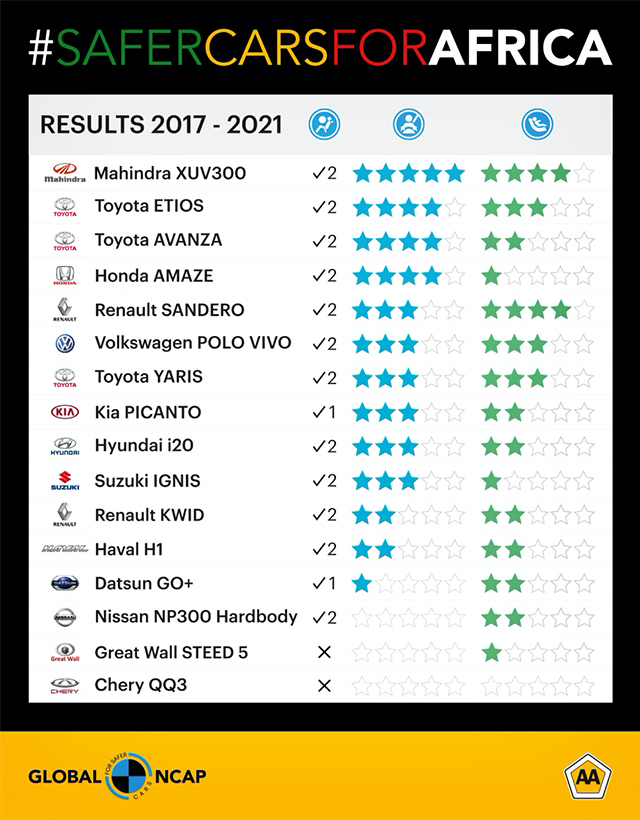
Analyzing Crash Test Ratings and Their Implications for Buyers
When considering a vehicle like the Honda CR-V, crash test ratings serve as a vital metric for prospective buyers.these ratings, conducted by organizations such as the National Highway Traffic Safety Governance (NHTSA) and the Insurance Institute for Highway Safety (IIHS), help consumers assess how well a vehicle protects its occupants during various types of crashes. The Honda CR-V consistently earns high marks in both categories, showcasing its strong design and adherence to safety standards. Reviewers often highlight features such as advanced airbag systems, reinforced structures, and effective braking capabilities that contribute to the CR-V’s impressive performance in crash scenarios.
Moreover,crash test ratings can significantly influence buyer decisions,especially for families or those prioritizing safety.Understanding how the Honda CR-V stacks up against its competitors can make all the difference. Buyers should consider factors such as:
- Star Ratings: Higher star ratings often correlate with better safety features.
- Frontal and Side Impact Scores: These scores indicate how well a vehicle protects occupants in critical areas.
- Safety Feature Packages: Assess the inclusion of features like lane departure warnings and blind-spot monitoring.
| Test Type | CR-V Score |
|---|---|
| Frontal Crash | 5 Stars |
| Side Impact | 5 Stars |
| Rollover Resistance | 4 Stars |
Ultimately,these ratings not only provide peace of mind for buyers but also reflect the Honda CR-V’s commitment to safety. By prioritizing vehicles that have been rigorously tested and rated highly, consumers can make informed choices that prioritize the well-being of themselves and their passengers.
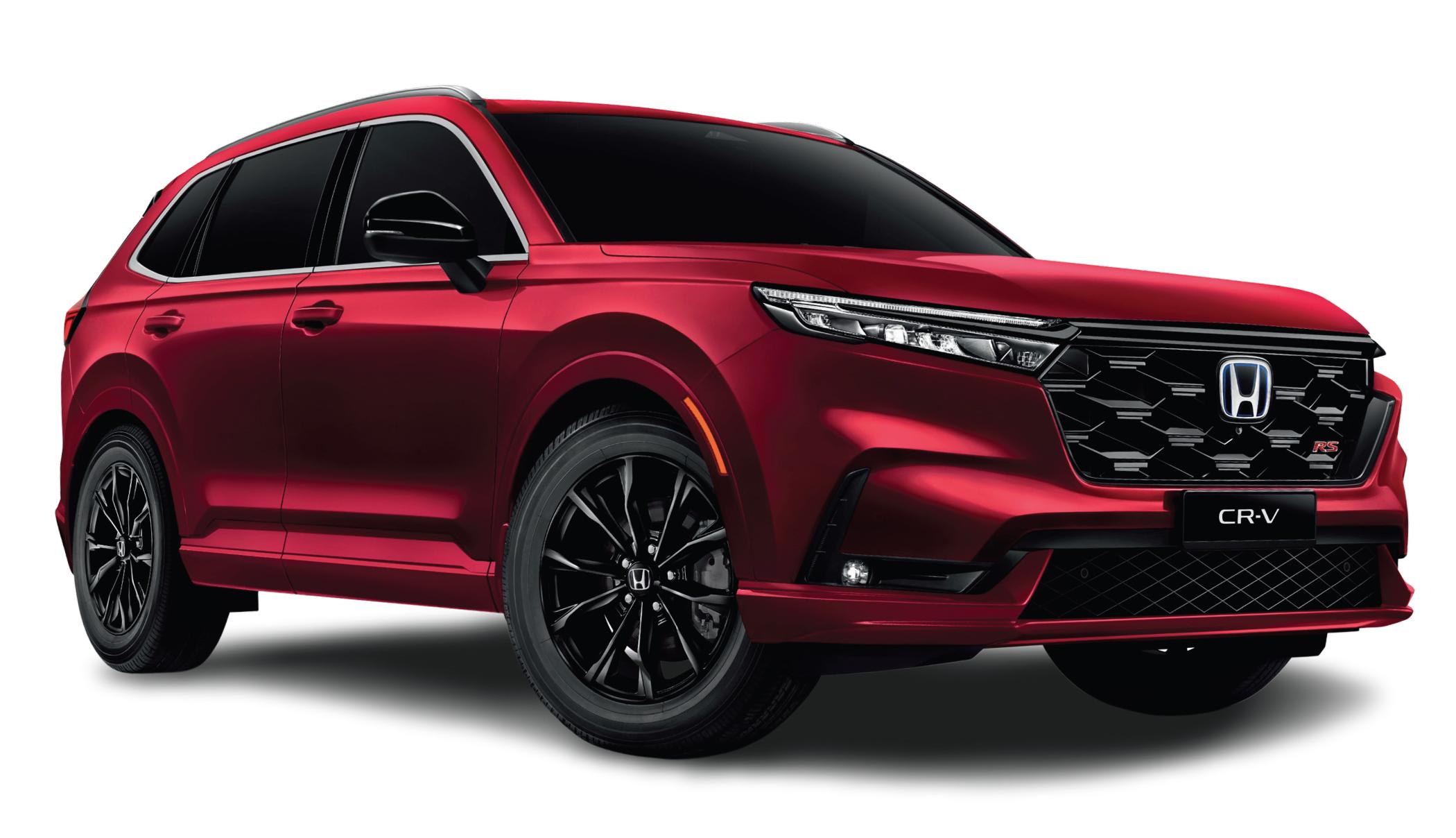
Key Recommendations for Enhancing Safety in the Honda CR-V
To enhance safety in the Honda CR-V, it is essential to focus on both vehicle features and driver behaviors. Implementing advanced safety technologies can significantly reduce the risk of accidents. Consider the following enhancements:
- Incorporate adaptive cruise control to maintain a safe distance from other vehicles.
- Install a lane departure warning system that alerts the driver when drifting from the lane.
- Utilize a blind-spot monitoring system to enhance visibility and awareness of surrounding traffic.
- Ensure that the tires are of high quality and properly inflated, as they play a critical role in vehicle stability and control.
Additionally, promoting safe driving practices among CR-V owners can further bolster safety measures. Educating drivers on the importance of regular vehicle maintenance and awareness can go a long way in preventing accidents.Key practices to encourage include:
- Regularly reviewing and updating the vehicle’s safety features and software.
- Participating in defensive driving courses to enhance situational awareness.
- Adopting a policy of zero distractions while driving by minimizing phone use.
- Encouraging the use of seat belts for all passengers, reinforcing their critical role in safety.
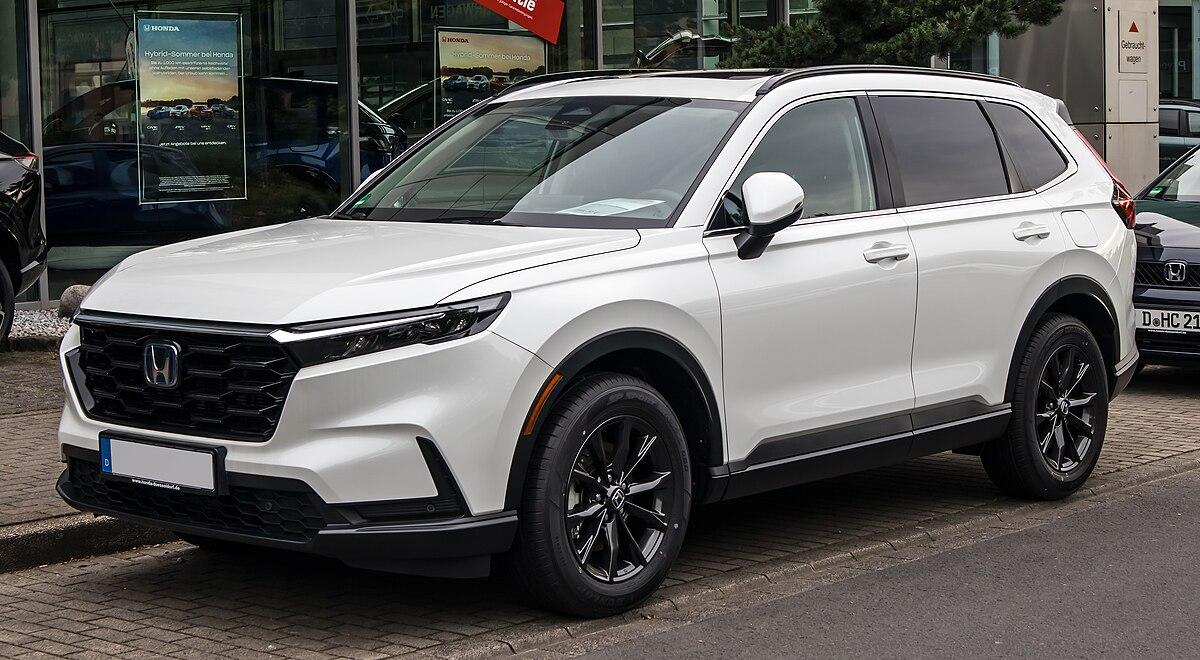
Comparative Insights: How the Honda CR-V Stacks Up Against Competitors in Safety Tests
The honda CR-V consistently shines in safety tests, earning high marks from various safety organizations. In comparison to its competitors, the CR-V’s robust design and array of safety features make it a formidable contender. Standout features contributing to its impressive safety ratings include:
- Advanced airbag system that adapts to collision severity
- Adaptive Cruise Control that maintains a safe distance
- Lane Keeping Assist to prevent unintended lane departure
- Collision Mitigation Braking system, designed to reduce crash severity
When examining the safety performance of the Honda CR-V against rivals such as the Toyota RAV4 and Ford Escape, the results are telling. the following table highlights key safety ratings to accentuate how the CR-V stands out:
| Model | Overall Safety Rating | IIHS Top Safety Pick |
|---|---|---|
| Honda CR-V | 5 stars | ✔ |
| Toyota RAV4 | 4 stars | ✔ |
| Ford Escape | 4 stars | ✖ |
The CR-V’s exceptional safety ratings not only provide peace of mind for drivers and passengers but also make it an attractive option in the crowded compact SUV market.
to Wrap It Up
As we draw the curtain on our exploration of the Honda CR-V’s crash test performance, it’s clear that safety remains a paramount consideration in automotive design. This compact SUV not only offers a blend of versatility and efficiency but also showcases impressive resilience in the face of simulated adversity. the rigorous testing protocols it undergoes reflect the industry’s commitment to protecting passengers on the road and underscore the importance of informed choices for prospective buyers.
the CR-V stands as a testament to Honda’s engineering prowess,marrying practicality with peace of mind. Whether navigating the urban jungle or embarking on family adventures, this vehicle proves itself not just a means of transportation, but a reliable partner in ensuring the safety of its occupants. As you consider your next automotive investment,let the results of these crash tests guide your decisions,driving home the message that safety should never take a back seat. Thank you for joining us on this journey through the world of automotive safety, and remember to stay informed and safe on the roads ahead.

